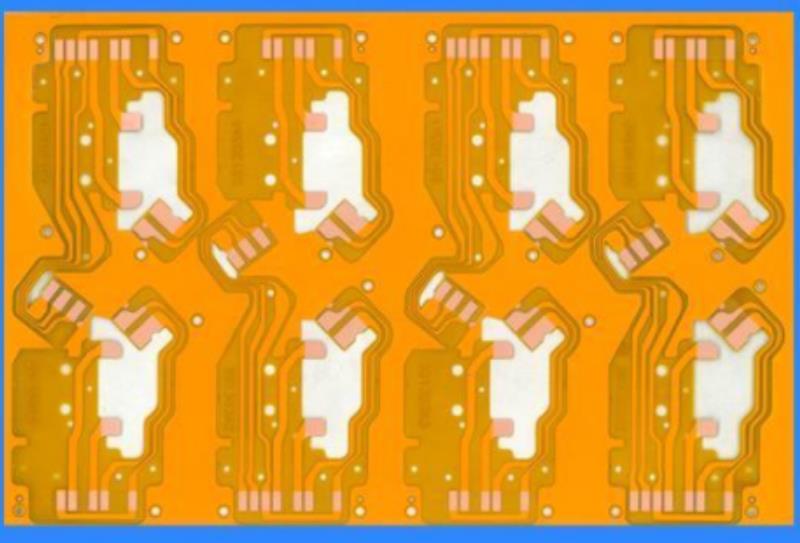What is the IPC standard of the circuit board factory?
As a circuit board factory, I believe you are no stranger to IPC standards. Maybe you will hear customers say that our PCBs are used in medical equipment, and we require circuit board products to meet IPC level three standards. So what does the IPC standard mean?
In the IPC-A-610G document, electronic products are divided into level 1, level 2, and level 3. The higher the level, the stricter the quality inspection conditions. The three levels of products of the circuit board factory are:
Level 1 products: called general-purpose electronic products. Including consumer electronic products, certain computers and their peripherals, and products whose main purpose is to use functions.
Level 2 products: called special service electronic products. Including communication equipment, complex industrial and commercial equipment and high-performance, long-life measuring instruments. Under normal use environment, this kind of product should not malfunction.

Level 3 products: called high-performance electronic products. Including high-reliability, long-life military and civilian equipment that can continue to operate. This kind of product must not allow interruption failure during use, and at the same time, it is necessary to ensure the reliable startup and operation of the equipment in harsh environments. Such as medical life-saving equipment and all military equipment systems.
For all levels of products, IPC-610G stipulates acceptance conditions such as "target conditions", "acceptable conditions", "process warning conditions" and "defect conditions". These acceptance conditions are the basis for the inspection of the company's products, as well as the working standards of the employees at the production site, and also become an important part of the training of the employees of the electronics production and assembly companies.
IPC-A-610G is the acceptability of electronic assembly. As the standard of electronic assembly, it is widely accepted, and its focus is on the solder joint. IPC-A-610 has a partner document: 001, Requirements for Welding Electrical and Electronic Assemblies. 001 establishes the minimum acceptable requirements for welding electronic assemblies. 510 shows a picture explanation of the requirements established in 001. Other topics related to work quality, such as handling methods and mechanical assembly, are also provided. IPC-A-610 can be used as a separate file, but it does not include topics such as inspection frequency or the number of process indicators allowed. These topics are included in 001.
There are several partner documents focusing on design, IPC-A-610 and 001: 782, surface mount pad layout; IPC-2221, General Standard for Printed Board Design; And IPC-2222, a local standard for rigid PWB design. If the design does not follow these documents, the important requirements established by IPC-A-610 and J-STD-001 cannot be applied, because the formation of welding points is directly affected by the pad layout design. If the pad layout is very different from IPC-SM-782, the solder joint shape defined by IPC-A-610 cannot be achieved. IPC-A-600, the acceptability of printed boards, is another important partner document.
IPC-A-610G is the most widely used electronic assembly standard in the world. IPC-A-610G vividly lists the prevailing process standards in the electronic assembly industry with full-color photos and illustrations, which is a necessary code for all quality assurance and assembly departments. This standard covers lead-free soldering, component polarity and through-hole soldering standards, surface mount and discrete wire assemblies, mechanical assembly, cleaning, marking, coating, and laminate requirements. IPC-A-610G is of great significance to all quality inspectors, operators and trainers.